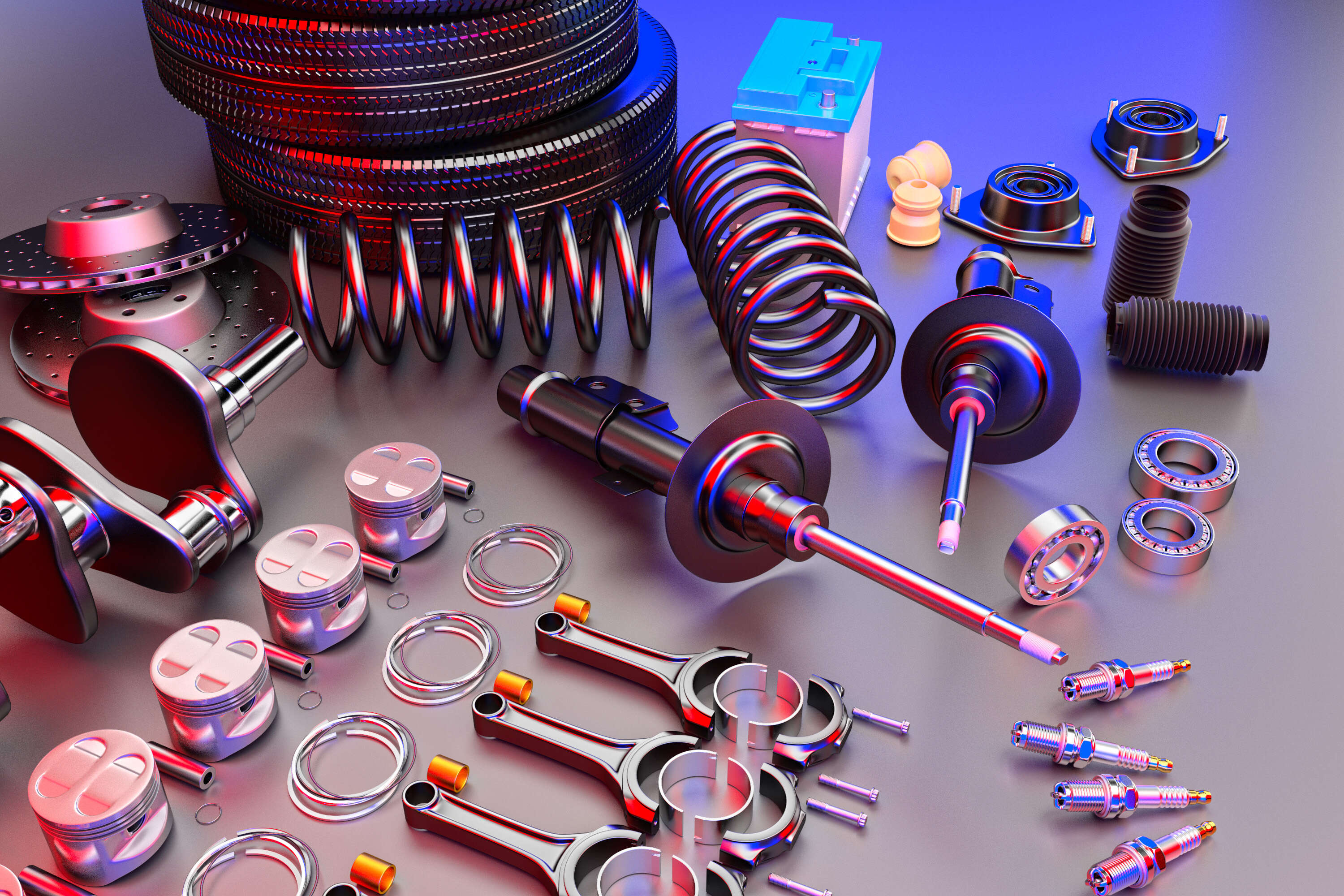
New Delhi: Driven by the surge in used cars sales, the total auto parts aftermarket revenue in India will grow by a CAGR of 12% to reach USD 17 billion by 2025, top executives of auto component firms said.
Used cars need new parts to modernise. Currently, many new features such as parking cameras/sensors, keyless entry, etc. are absent in most of the used vehicles coming to the market. This means there is plenty of scope to offer such components for repairing and modernizing used cars, industry experts highlighted at a recently-concluded ACMA Automechanika event.
Auto part suppliers need to take risk and focus on modifying the variety of products which are needed in the European or the US markets.Arvind Kapur, CEO, Rico Auto Industries
“The second hand vehicles and new vehicles sold in the country are in the ratio of 1 to 1.8. In a couple of years this ratio will change. The growth of the aftermarket in India is close to 12% CAGR and by 2024-25 it will reach around USD 17-18 billion,” Arvind Kapur, CEO, Rico Auto Industries, said in a panel discussion on ‘Aftermarket Business Drivers & Exports in the Next Decade’. Notably, used vehicle segment which accounts for 18% of the market, registered an estimated sales of 3.8 million units in FY21. While many feel that the sales of aftermarket automotive parts are taking a hit due to the pandemic, S Muralidharan, Principal Consultant, Mobility Aftermarket, has a different view. “ When there is a lockdown the vehicle needs to be serviced and the aftermarket sees a great spike in demand because a vehicle after remaining idle for 10-15 days needs some service and change in parts,” he said.
Need to expand exports
Aftermarket normally sells to the countries where India-made vehicles are exported or India-like vehicles are sold, which ultimately limits the reach. In order to capture the desired value, the panelists suggested that the domestic aftermarket needs to expand their offerings in both the existing vehicle parc and the aftermarket exports.
Underlining the need to innovate, Kapur asserted that auto part suppliers need to take risk and focus on modifying the variety of products which are needed in the European or the US markets. “This will help them in beefing up their presence in foreign markets,” the Rico Auto CEO added.
Undoubtedly developing such an aftermarket, as per the panelists, requires lots of patience, investment and commitment.
According to Jagdeep Singh Rangar, director, Stork Rubber Products, MSMEs, which constitute about 85% of the auto component market, struggle with a limited range of products and lack of investments.
“SMEs are the drivers of exports and to develop a huge range the kind of investment that is required is not within their reach. This is where the funds with equity infusion come into the picture. If funding from various agencies is expedited, it can go a long way to make India a global destination for auto components,” Ranger pointed out.
Scrappage policy, a silver lining?
When asked about how helpful will be the scrappage policy in generating aftermarket demand, speakers did not rule out the fact that the contours of the policy is still unclear and so it will be difficult to envisage its impact.
Kapoor highlighted that the 20 years for recycling of private vehicles will have little to no value in the dynamic auto world as components extracted from such vehicles might not be usable in the new tech-driven cars.
Emphasising the importance of the pollution control certificate Ashok Taneja, managing director and chief mentor of Shriram Pistons & Rings, said that the demand for components in the aftermarket will grow once the government starts to implement it properly.
“If the fitness certificate is issued rigorously, people will be forced to repair their vehicles to make them safer on the roads. That will ultimately increase the demand for the aftermarket,” he noted.














